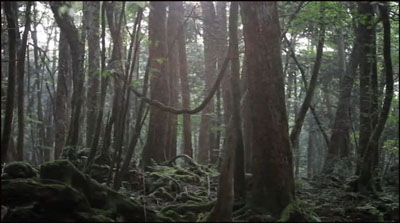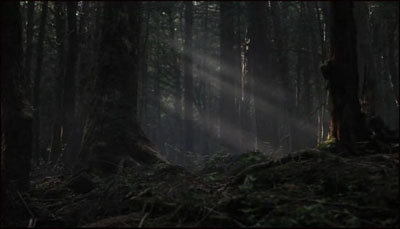Trent Reznor & Erik Satie: Majestic Angst-Bros of Minor Key Minimalism
Editor’s Note: This gem of a submission from writer/proto-ambient scholar/fervent NIN-lover Matt Keefer was discovered several tiers deep during a recent trawl of the Coilhouse slush account. It’s an offbeat and spirited piece, simultaneously comparing and cross-referencing the musical and philosophical kinship inherent between Erik Satie and Trent Reznor, and issuing several preemptive strikes against any and all Would-Be Jaded Hipster Remonstrators. (Also, somehow, on a profound level, it feels like the perfect blog follow-up to that horrifying “Keyboard Cat In Hell” clip Ross just posted). Thank you, Matt. Keep on angstin’ on, comrades.
Trent Reznor is the rightful successor to the great Erik Satie. Don’t let yourself ignore this plain and obvious fact because you are embarrassed of your youth. And no, Trent isn’t disqualified from this lofty inheritance by his perpetual unhappiness. Satie had it just as bad.
In the Spring of 1893, the ever-eccentric Monsieur Erik began a torrid affair with the artist and model Suzanne Valadon. An odd duck in her own right, Madame Valadon kept a goat at her studio to gobble up any of her work that she was unhappy with. After only a single night with Valadon, Erik proposed; the marriage never happened (or if it did, the records of such were later eaten by said goat), but Valadon did move to the room next to Satie’s at the Rue Cortot in Paris. Satie became increasingly obsessed with Valadon, often referring to her as his nanny-goat and filling notebooks with worshipful scrawlings about “her whole being, lovely eyes, gentle hands, and tiny feet.” Indeed, Satie composed his Danses Gothiques as a calmative to restore his composure in the face of the amorous frenzies that Valadon inspired in him. In turn, Valadon painted a portrait of Satie and gifted it to him:

Portrait of Erik Satie by Suzanne Valadon. Who can resist the Pince-Nez? WHO?
Sadly, six months later, the affair ended. One chilly winter evening Valadon vanished, leaving Satie with only his portrait and a broken heart to remember her by. Satie snapped, scrawling in the latter pages of his journals that nothing remained for him “but an icy loneliness that fills the head with emptiness and the heart with sadness.” This is the only intimate relationship that Satie ever had. He would later move to a room in Arcueil and in the 27 years before he drank himself to death, there is no record of anyone visiting his room.











